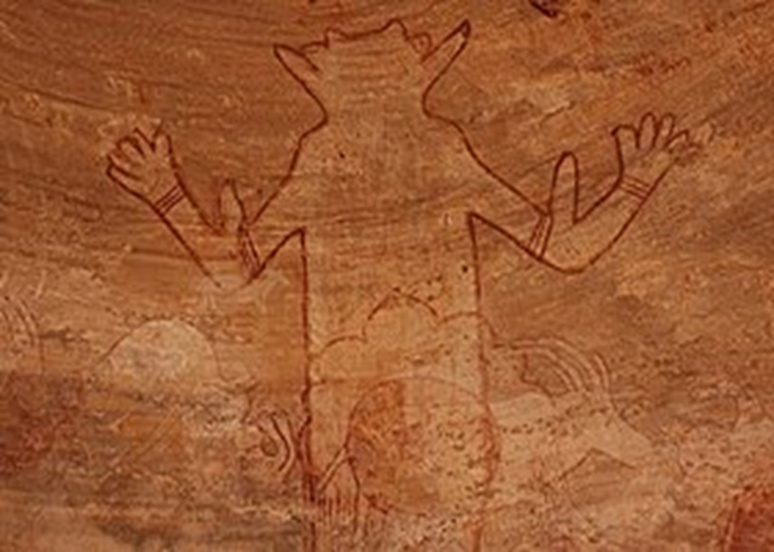?Did you know that there is a forbidden city in Algeria

The lost city of Sifar in southern Algeria
is the largest fossilized city in the world, the oldest of the pyramids of Egypt, it is perhaps even the cradle of humanity according to archaeologists, this city full of legends and myths is today prohibited from entering
The city of Sifar is the eighth wonder of the world. This town of Tassili is home to one of the largest troglodyte towns not only in Algeria but in the world.
It contains more than five thousand cave houses and more than 15 thousand wall paintings and inscriptions, dating back more than 20 thousand years.

Séfar is an ancient lost city in the heart of the Tassili n'Ajjer mountain range, more than 2,400 km south of Algiers and very close to the Libyan border. Sefar is the largest troglodyte city in the world, with several thousand houses2. Very few travelers go there, given its geographical remoteness and especially because of the difficulties of accessing the site.
The site is full of cave paintings, some of which date back more than 8,000 years. They mostly represent animals and scenes of hunting or daily life, which testify that this hostile place was not always an uninhabited desert.
According to UNESCO, the site is home to one of the most important collections of prehistoric rock art in the world. More than 15,000 drawings and engravings allow us to follow, since around 6000 BC. BC until the first centuries AD, climate changes, wildlife migrations and the evolution of human life on the borders of the Sahara. The drawings show aquatic species, such as the hippopotamus, and other species that have been extinct in the region for several thousand years.

The representations of the “period of round heads” refer to possible very ancient magico-religious practices, while the representations of the “period of bovids”, illustrating the daily and social life of the inhabitants, present a naturalistic aesthetic realism counting among the most famous prehistoric rock art. More recent drawings show domestic horses and camels3.
Source: websites

